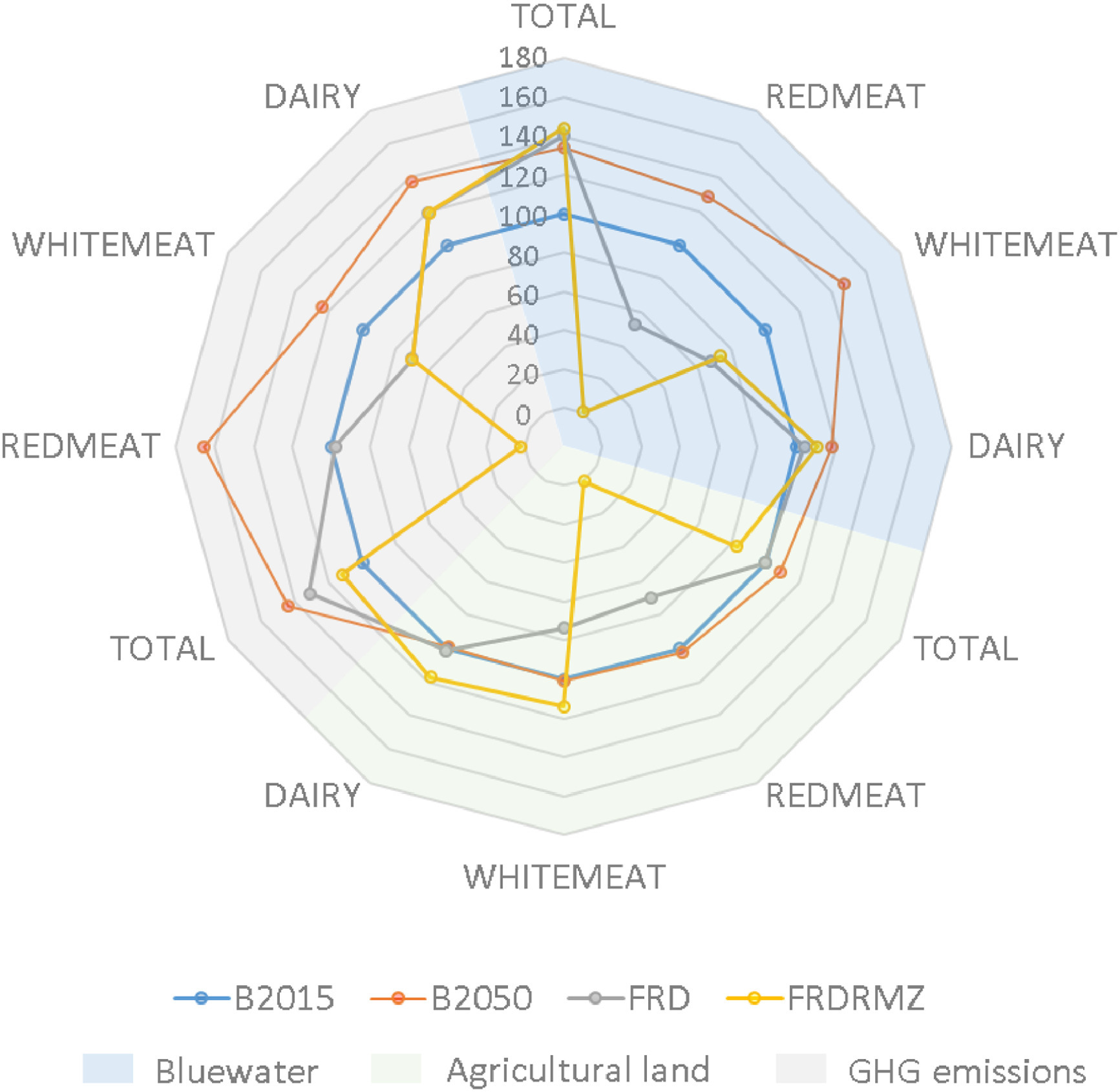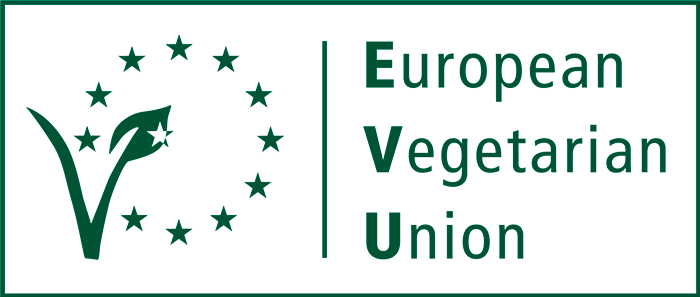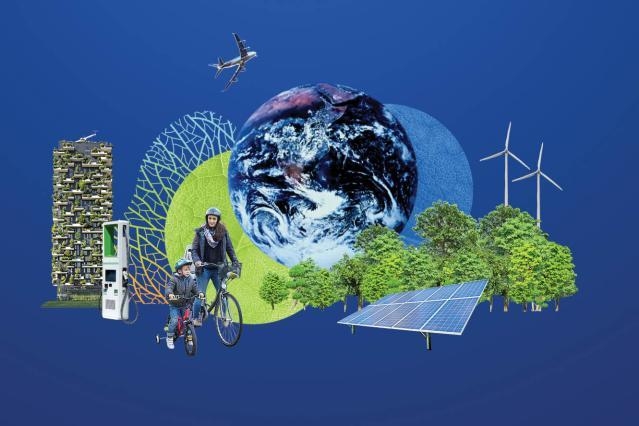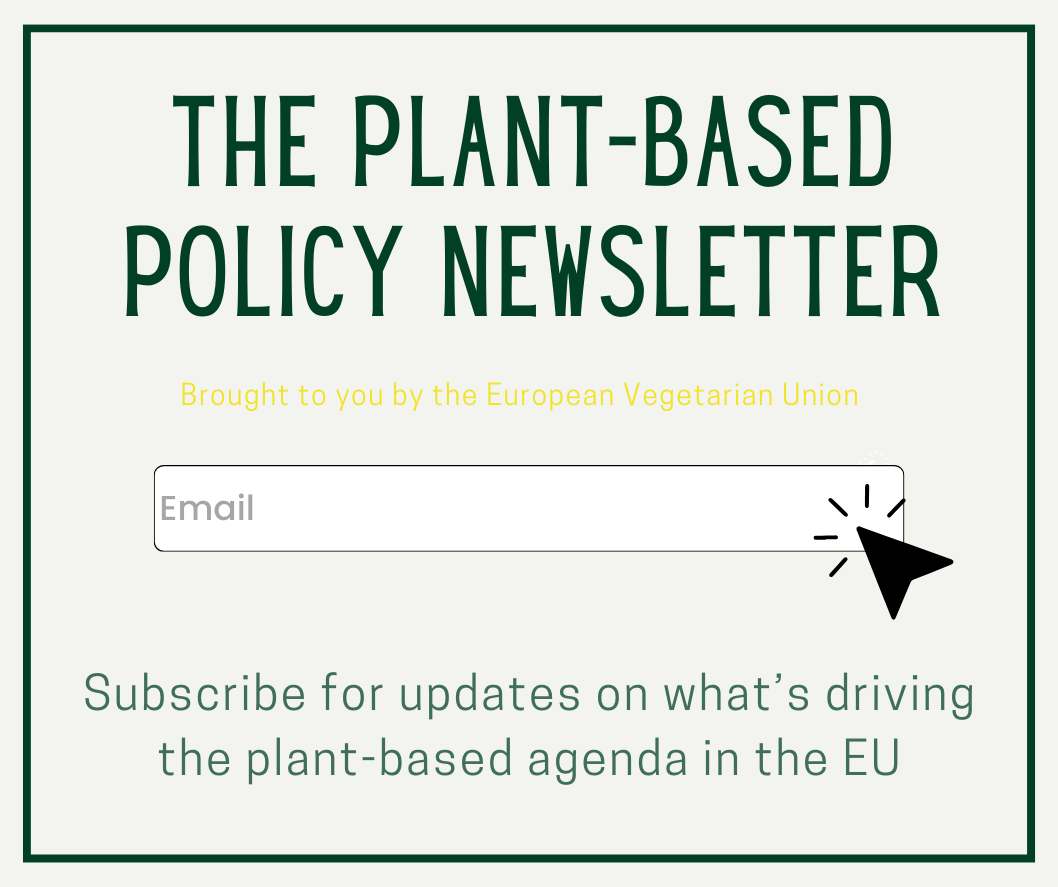In July 2021, the ‘Fit for 55’ package was unveiled by the European Union. The package included necessary revisions to current legislation as well as some new initiatives that will help Europe bring down emissions 55% by 2030 and reach carbon neutrality by 2050. The plan also includes proposals that would spur countries that do business with the EU to adopt climate friendly initiatives and sets up a social fund to aid vulnerable Europeans to ensure a just transition.
The EU has proposed shoring up the ‘Land Use, Land Use Change and Forestry’ (LULUCF) sector, and that agricultural non-CO2 emissions will be integrated into the LULUCF in 2031. The EU believes that an integrated land sector, “would have the potential to become rapidly climate-neutral by around 2035 in a cost-effective manner and subsequently generate more removals than greenhouse gas emissions.”
The Impact Assessment Report joining the proposed integrated LULUCF links LULUCF to an array of EU climate actions, specifically the Farm to Fork strategy (F2F) and the Climate Target Plan (CTP). Section 10.6.4 of the impact assessment report highlights how the F2F Strategy can be used to implement LULUCF climate goals. CTP acknowledges that a plant-based approach to food systems can have important, positive impacts on planetary boundaries while meat consumption pushes us further and further past those thresholds.

The Fit for 55 package also proposed a Carbon Border Adjustment Mechanism (CBAM), that would require European importers to buy carbon certificates for imported goods to promote global sustainability. However, CBAM does not include animal feed. In 2013, the European Environmental Agency estimated that 27 million tons of soy are imported to the EU for animal feed every year. Much of this soy is produced in South America. Soy production is one of the key-drivers in deforestation in the South American rainforests. Not only are Europe’s current levels of meat production and consumption creating emissions here; Across the world, livestock feed is growing on land stripped of one of earth’s most important carbon sinks. As the recent IPCC report has shown, we can no longer ignore the environmental impact of an industry just because it happens in a distant land.
Implicit in these goals is an acknowledgement that the way Europe farms is not sustainable. We devote precious land and resources, both in Europe and in even more vulnerable parts of the world, to maintain our unsustainable meat-centric diets. A European Green deal that seeks to prepare Europe for climate change and reduce the bloc’s emissions needs to embrace a plant-based diet as a component of legislation. Beginning in 2031, LULUCFR will likely require reductions in agriculture’s non-CO2 greenhouse gas emissions. As the animal agricultural sector is a major contributor of non-CO2 greenhouse gasses, drawing down these emissions can be done most efficiently by reducing barriers towards the adoption of plant-based diets and empowering farmers to cater to more plant-based eating. Unfortunately, Fit for 55 fails to fully embrace the transformational possibilities of plant-based diets.


